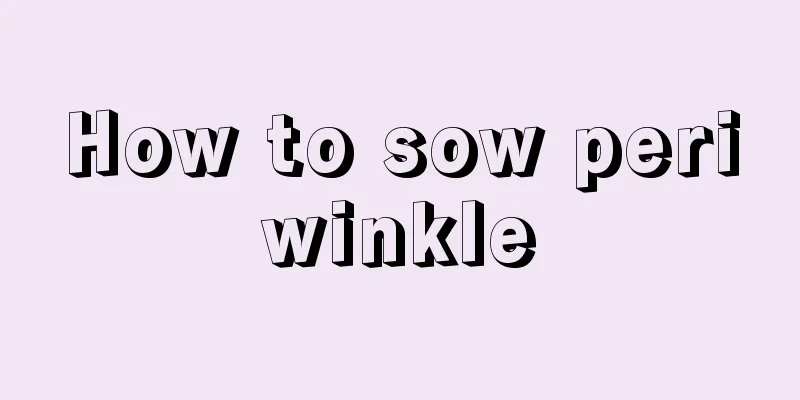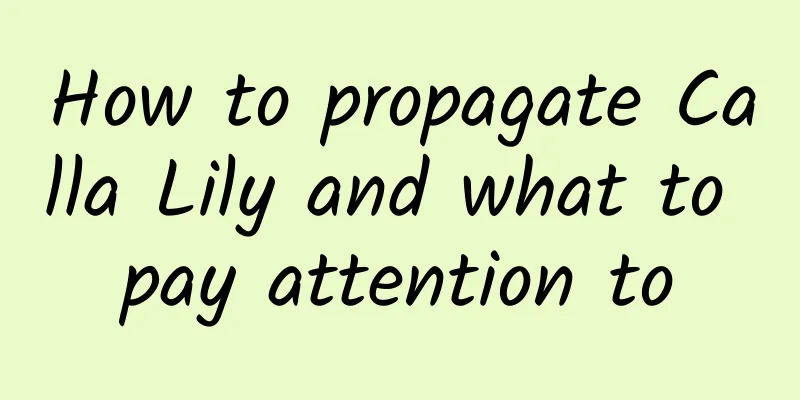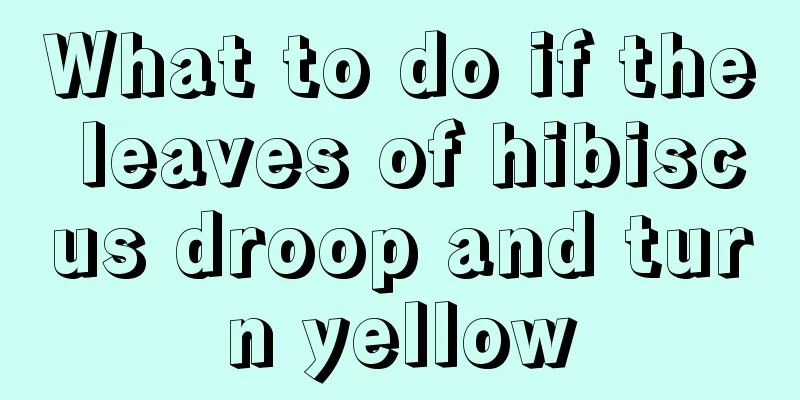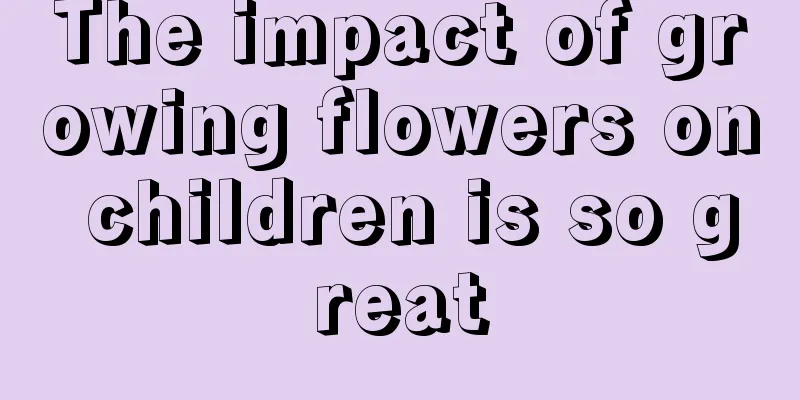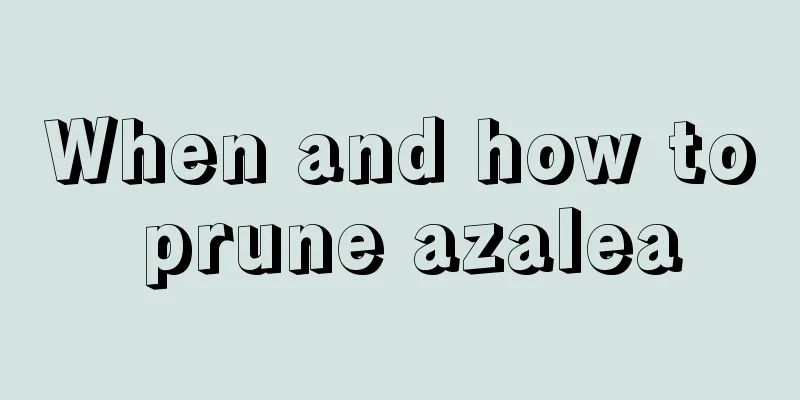Common symptoms and treatments of cattle not eating grass
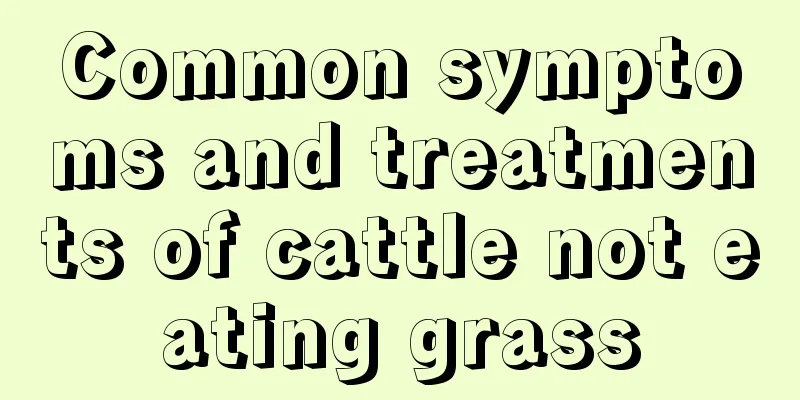
|
Cattle are a common ruminant animal that mainly feeds on grass. However, in daily breeding, we sometimes find that cattle do not eat grass, which may be caused by various diseases. So what are the common diseases? How to treat it? Let’s learn more about it below. 1. Rumen food accumulation Rumen indigestion is mainly caused by cattle eating a large amount of roughage or low-quality feed, which causes the rumen of the cattle to not move normally. Treatment method: Stop feeding in time and massage the cow's rumen to help it digest. If necessary, inject carbachol chloride to promote rumen motility. After discharging the contents of the rumen, you can mix the feed and use: Anwei Taibao + Multivitamin Taibao, which is beneficial for strengthening the stomach and promoting rumination. 2. Gastroenteritis Poor quality of cattle feed , unreasonable mix of roughage and fine feed, sudden change of feed, colds, overwork, etc. can cause adverse stimulation to the cattle's stomach and intestines, thereby causing gastroenteritis. At this time, the cow will lose its appetite and stop ruminating or chewing its cud. Treatment method: First, the cattle can be fasted for 1-2 days, and then fed some soft and easily digestible feed. At the same time, the following products are given to cattle: Anwei Taibao + Anli Taibao, which can reduce inflammation and relieve pain, and repair gastrointestinal damage caused by inflammation. 3. Fever Cows will not eat grass when they have a fever. If we encounter the phenomenon that cows do not eat grass, we must measure the cow's body temperature in time. Once the cow's body temperature is higher than 39.5℃, it is considered to have a fever. Treatment method: You can use ceftriaxone + aminopyrine to reduce the fever of cattle, and use it in conjunction with injections: Do not use Taibao injections. After the fever of the cattle is reduced, the cattle can resume normal eating. 4. Foot-and-mouth disease Foot-and-mouth disease is a highly contagious disease that causes blisters and ulcers in the mouths and hooves of cattle, along with symptoms such as loss of appetite. Treatment method: Intramuscular injection: Severe Taibao injection + naproxen injection, which have the effects of reducing fever and antiviral, once a day for 3 consecutive days. It can also be used in combination with traditional Chinese medicine: Qingwen Taibao + Multivitamin Taibao, mixed with feed or drinking water, the main effects are anti-viral, anti-inflammatory, anti-stress, and improving the immunity of cattle. 5. Constipation Generally, cattle feed lacks sufficient fiber or contains too much concentrated feed, which will affect the intestinal motility of cattle and cause constipation. Treatment: You can use warm soapy water for enema, or use slow-acting laxatives such as magnesium sulfate, sodium sulfate, paraffin oil, etc. to promote defecation of the sick cows. In general, there are many diseases that cause cows to not eat grass. To address this problem, we should analyze the causes based on the specific situation and take appropriate solutions.
|
<<: Tomato planting methods and management methods
>>: How to remedy the problem of gardenia buds falling off?
Recommend
How much water should I use for a bonsai tree?
1. How much water to pour The demand for water fo...
Are tulips poisonous? Tulip pictures
1. Is it toxic? Tulips are very ornamental plants...
How does the peach egg burst?
1. Soil selection The soil fertilizer for growing...
How to grow Pandora Rose succulent? Is it easy to grow?
Pandora Rose Succulent is a very cute and beautif...
How to prune evergreen
When to prune evergreen It is generally more appr...
Weigela cultivation methods and precautions
How to grow Weigela Soil selection Weigela is not...
Diseases and control methods of Areca palm
Areca palm leaf blight symptom Areca palm leaf bl...
How to grow jasmine in autumn
1. Appropriate topdressing In autumn, jasmine may...
Which orchids are the easiest to grow? Which are good-looking and suitable for beginners?
1. What is the best thing to raise? The easiest v...
Mirror grass hydroponic method
1. Treat the roots Take the plant out of the orig...
Maintenance methods of potted peach blossoms
Peach blossom watering For peach bonsai, the prin...
The efficacy and function of honeysuckle
1. Antibacterial effect Honeysuckle has resistanc...
How many times a year does the rose bloom
1. How many times a year does it bloom? Its alias...
Methods and techniques of sea bass breeding
Sea bass , also known as striped sea bass, sea ba...
Can expired milk be used to water flowers directly? How to use expired milk to water flowers
Use expired milk to water flowers directly Expire...


